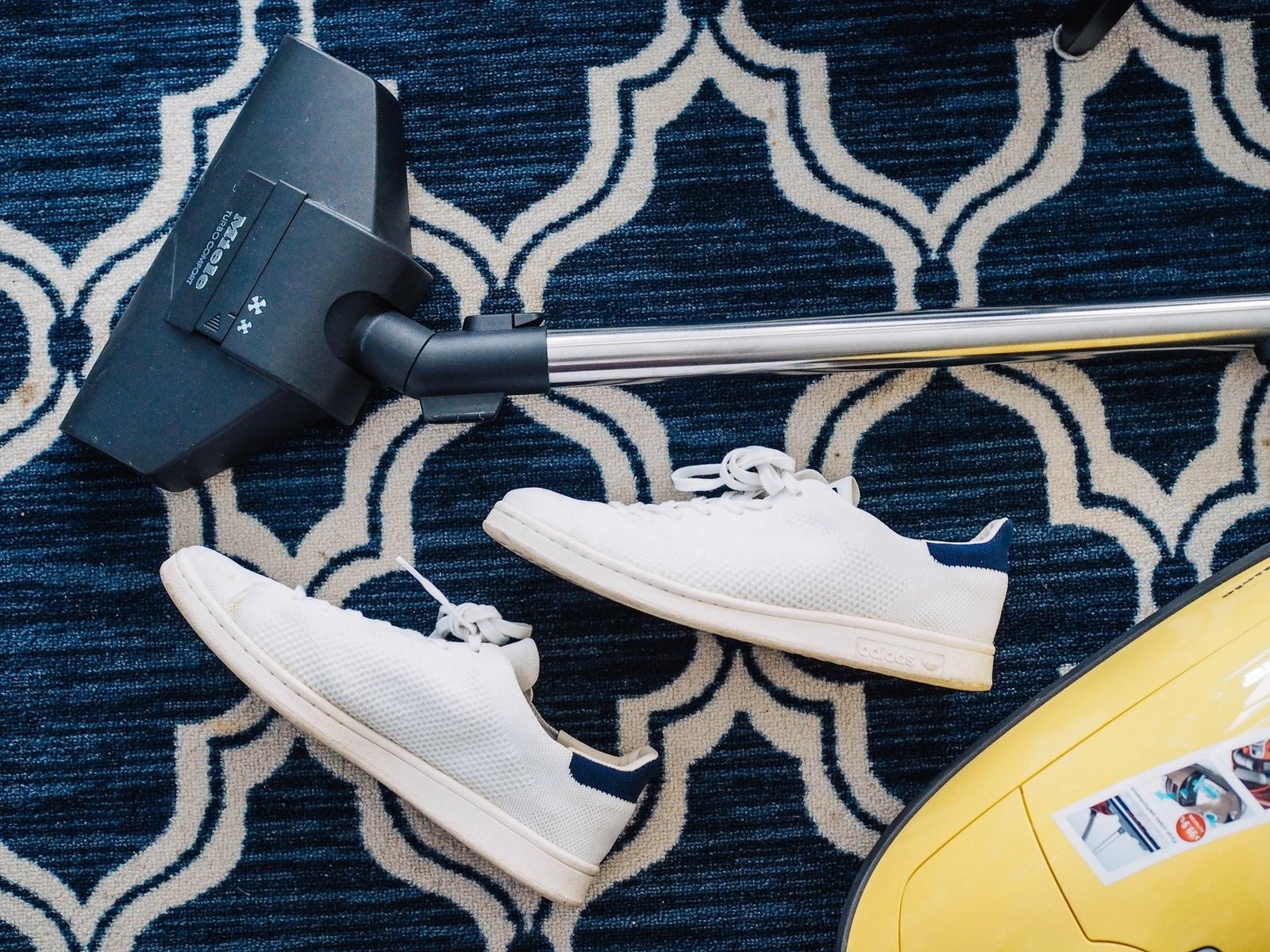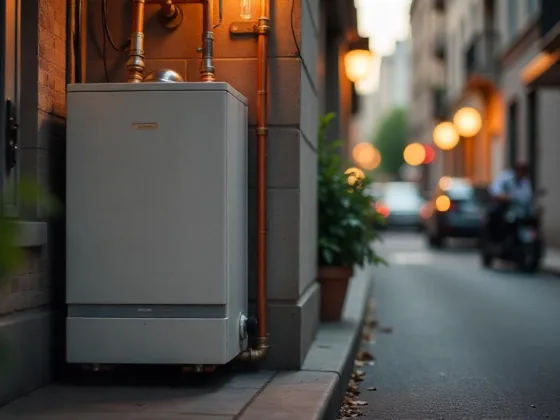Table of Contents Show
When it comes to home cleaning and maintenance technology, the vacuum cleaner is definitely the top contender. It’s used daily and still performs months and even years later as long as they’re properly maintained and cared for.

But how exactly does a vacuum cleaner pick up all the fur, dust and crumbs from your floors and carpets? What is the engineering behind the number one must-have home appliance in any home?
The invention of Modern Vacuum Cleaners
Today’s electric-powered vacuum cleaners got their start as a manual push carpet sweeper that used motion to spin bristle lined cylinders.
These cylinders were connected to the wheels and small bellows created suction to lift up loose dust and small debris from floors.
In 1901, a British inventor named Hubert Cecil Booth and American inventor David T. Kenney were the first creators of electric powered vacuums and sparked the evolution of the iconic household item.
Back then, vacuum cleaners were huge, and not actually a household item- it was a paid service much like carpet cleaning today and typically reserved for hotels or those with money that could afford such services.
But the spark of the invention is what eventually led to how vacuum cleaners are today- small, versatile, and efficient at cleaning dirt and dust from floors.
First came bagged vacuum cleaners that pulled all the dirt, dust, and fur into a large bag that was not reusable until 1980 when another British engineer came along.
That man was James Dyson, who further evolved the vacuum cleaner into what we have in our homes today.
While Dyson is not the original inventor of the canister concept or cyclone technology, he did combine those concepts together, thus creating the Dyson brand of a more compact vacuum cleaner for households.
Bagged vs Bagless (Canister) Vacuum Cleaners
Bagged vacuum cleaners draw in air, dirt, and dust into the bag directly, trapping everything it picks up.
While effective at keeping most of the dust in the bag, some do still escape the longer it is on and is blown back into the air as it overwhelms the filter. You essentially just rearrange where some of the dust is located in your home.
Brentmore Labs mentions that bags for vacuum cleaners are one use only, and you will need to buy more bags when you’ve used them.
While this does help keep you from touching the dirt it picks up, they can be a hassle to put on and take-off of the vacuum.
It can also be a little difficult to notice when the bag is full, as it does puff up from all the air being forced through it.
Canister vacuum cleaners suck up the dirt, dust, and fur into a special canister that air is pulled through but can’t get back out.
The bottom of the canisters are designed to only let air through and is where a lot of the suction power comes from, trapping all the crumbs and dirt in the canister.
A foam filter traps any dust and smaller dirt particles, preventing it from being put back out into the air as it is used.
Canister vacuums are easy to empty, and you still don’t come in contact with the dirt it gathers. Unlike bagged vacuums, the canister and filters are reusable and easy to clean with warm soapy water.
When it comes to knowing when it’s time to empty the canister, it’s easy. The canisters are clear, so you can easily tell when it’s time to stop and empty them out.
Read Also:
- 3 Models You Should Consider Before Buying An Upright Vacuum Cleaner
- 10 Tips for Using a Robot Vacuum to Keep Your Home Extra Clean
- How to Clean Baseboards, The Best Way to Keep Baseboard Clean
- Tips to Get the Most Out of Your Vacuum Cleaner
- How to Clean House Like a Professional
- How to Vacuum Your Home Like a Pro
- What is Gutter Vacuum Cleaning
How do Vacuum Cleaners get their Suction?
When you plug in your vacuum and turn it on, electricity flows through the wiring and starts up the motor.
The motor then starts spinning a fan, creating a super-strong, super miniature cyclone that picks up dirt and hair and sends it up the hose into a canister or bag.
Behind the motor and fan is a pocket of space with low air pressure, so when the fan starts moving it creates suction using that low-pressure space.
Most canister vacuums use cyclone technology, which is more effective at picking up loose dirt and dust and pulling into the canisters and trapping it inside.
The air is pulled through the intake hose from the base entrance at the brush heads and then travels through filters that trap the dust and other air irritants.
The clean air moves freely through the filters and backs out into the room.
Why are Filters in Vacuums Important?
The special filters that are in vacuum cleaners help stop smaller dust particles, dander, and other airborne irritants from getting back out into the room.
This is great for you as it keeps your home from getting dusty again as you clean, especially if you have allergies or asthma.
The filters are easy to clean- just give them a warm water rinse in your sink and watch all the dust wash away.
Let the filter dry out completely before using it again, or else the moisture and dirt will clump up and negatively affect airflow through the filter when you vacuum again.
Why Vacuum Cleaner Attachments have Stronger Suction
The great thing about vacuum cleaners is that you don’t have to use them just for your floors.
With all the attachments that have come along, it’s now possible to clean other surfaces and items like blinds, lampshades, and even furniture. If it seems like the attachments have stronger suction, that’s because they do.
With smaller attachments the air is forced through a smaller opening, meaning the air must move faster in order to get through. The faster the air moves, the better it is at picking up dust and crumbs.
Vacuum Cleaners are Simply Must-Haves for Your Home
Now that you have a better understanding of how a vacuum cleaner works, you might appreciate it a bit more. Vacuum cleaners continue to advance and evolve, enabling us to clean our homes more efficiently and thoroughly than the previous decades.
Vacuums are one of the best inventions created, for without them our homes would be a lot dirtier- and for some people that is just not an option.











